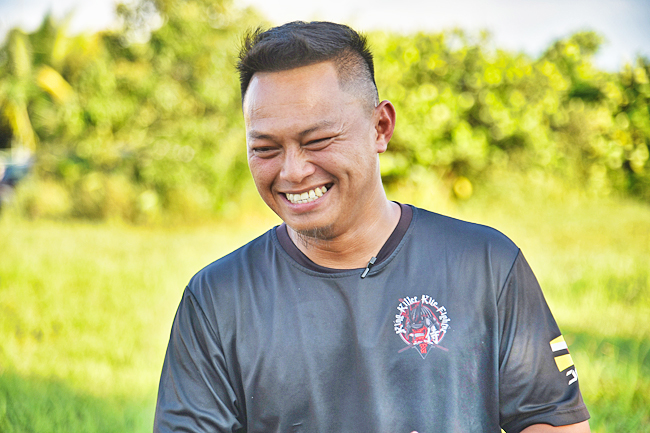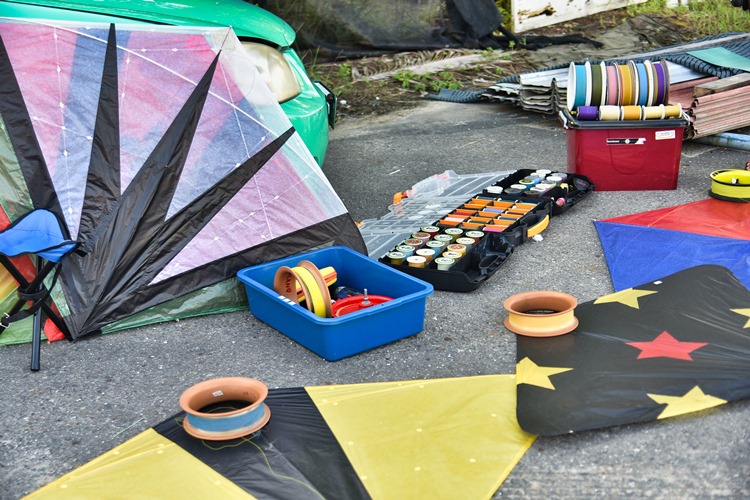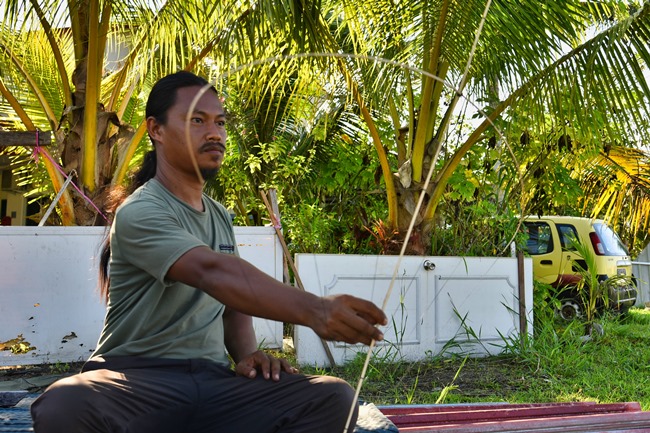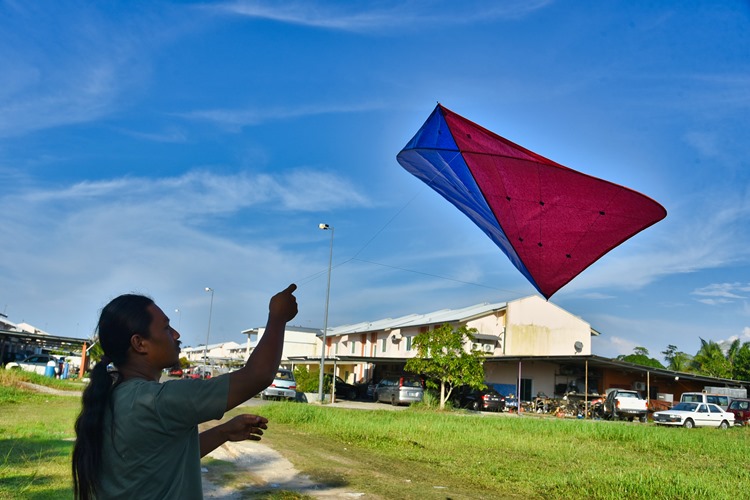A ‘kikik’ enthusiast details the exhilarating joy and cultural intricacies in the age-old craft of kite making.
The sight of kites soaring high in the sky is part of a time-tested tradition passed down for generations.
Known as a beloved pastime in the Sultanate, kite or kikik-flying, has long held the attention of small pockets within the local community, who have chosen to dedicate their lives to ensure that this piece of local heritage continues to be celebrated and shared.
With colours and symbolism passed down through the annals of time, this art form transcends mere craft to become a symbol of unity across the ages.
Having played since he was eight years old, kite enthusiast Sunardi bin Haji Ibrahim, has been able to fly kites well into his adulthood along with other like-minded people in the kite enthusiast group, ‘King Killer’.
“We were able to fly kites not only within Brunei but also with neighbouring countries who all share the same passion for the traditional art and craft of kite flying. We usually fly kites on a weekly or even daily basis.”

With decades of experience, Sunardi has immersed himself in the traditional activity, honing the skills and techniques to use the most basic framework of carving slender sticks into the backbone of each kite and turn it into a soaring work of art.
As a kite aficionado, Sunardi noted that many patterns and designs are passed down for generations, carrying with them different meanings and history.
“But nowadays, we can see these patterns take on a more modern interpretation with cartoon characters and figures, as well as personal logos being one of the more popular ones.”
While kite-flying may have been adopted for the present day with the use of contemporary icons, Sunardi noted that the art of making the kite remains traditionally rooted in the past.
“When it comes to making the frame of the kite, we tend to use temiang (a lightweight type of bamboo). While we do sometimes use other types of bamboo, many prefer temiang as it tends to be easier to work with and offers greater flexibility.”

The temiang is then carved by hand to make the backbone of the kite, he explained, adding that completing one kite from start to finish can take around 15 minutes.
Before the wide availability of commercial gum, kite-makers used cooked rice or sago, commonly known as ambuyat, to make the paper stick to the framework. However, many kite-makers are split between the use of the traditional sago to the modern-day gum as it all depends on one’s expectation and convenience.
For many kite-makers like Sunardi, part and parcel of the traditional hobby does not only lie in its creation but in its ability to compete in kite fighting battles. Kite fights are aerial duels with other kites in the sky where the main goal is to cut the strings of opponents’ kites, causing them to drift away and lose the match.
“Especially in competitions, there will be times when we will lose our kites in battles, which can be a frustrating moment. But the thrill of flying and battling the kite in the sky is exhilarating for many, myself included.”
In addition to flying kites, Sunardi along with his friends also make use of their spare time selling their hand-made kites, as well as exchanging them among those interested in the traditional game.

“We hope that this tradition of flying kites can be maintained, not only for enthusiasts but also for newcomers.
“We also hope that everyone involved will ensure the safety and cleanliness of the surrounding environment, especially in retrieving kites that have their line snapped as well as reel back in the lines to ensure that they do not negatively impact the environment.”
While the winds of change may blow unpredictably across many directions, the art of kikik making still has a place in the modern day as a reminder that in the dance between tradition and innovation, the skies above are where dreams and passion can fly free. – Daniel Lim









